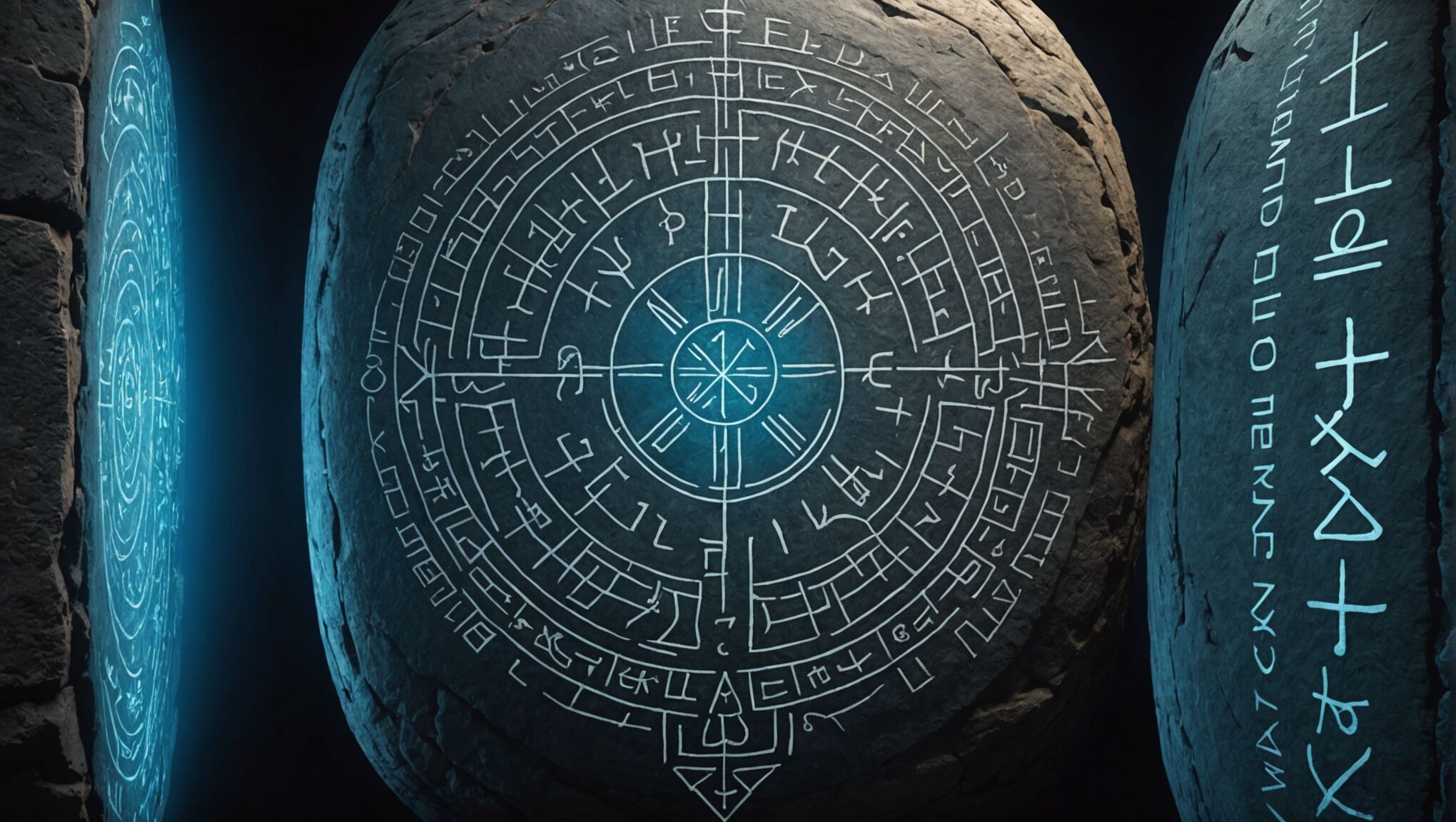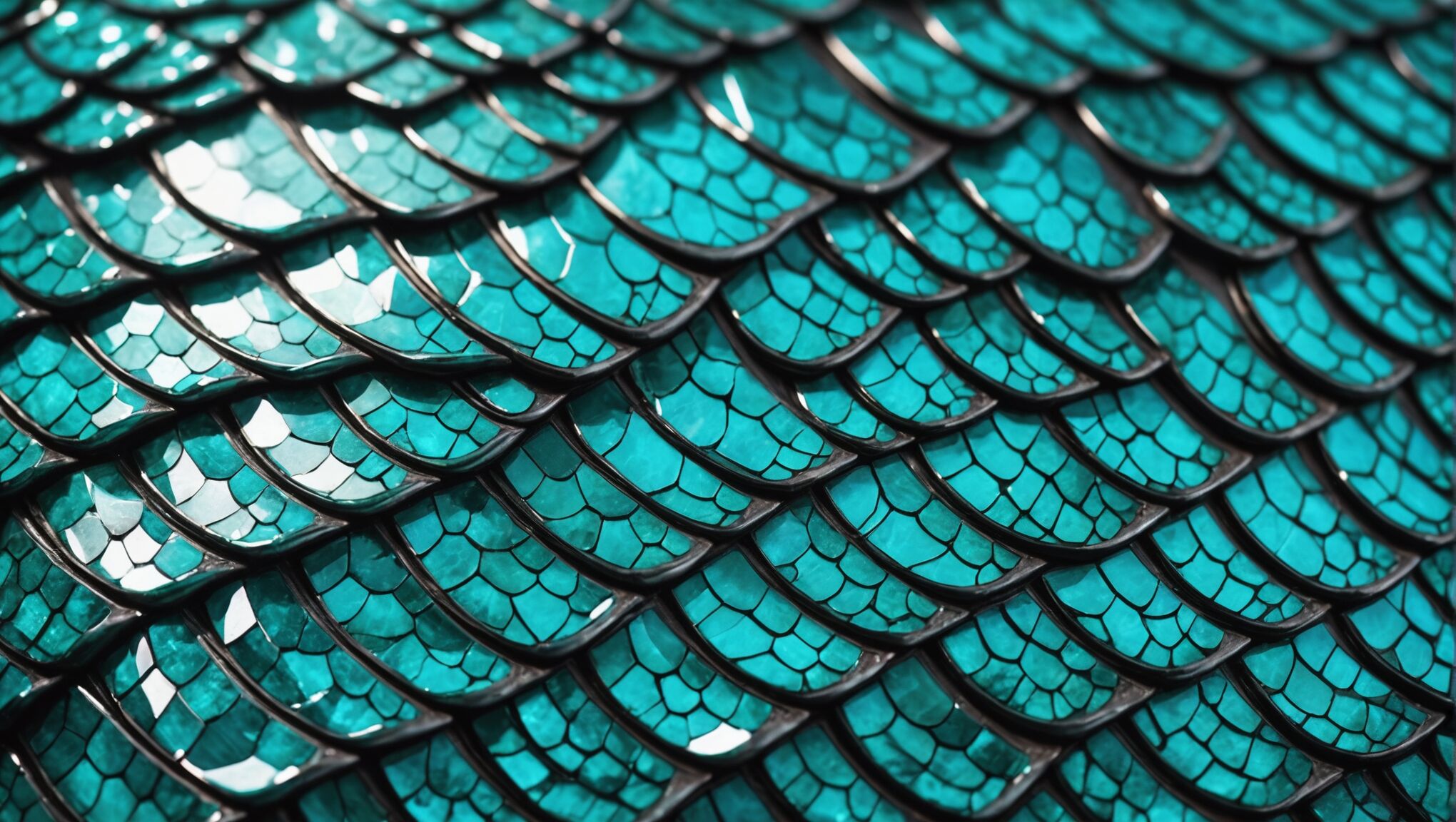blog
Fantasy Covers and Branding: Creating a Cohesive Look
Typography and its impact on fantasy covers

The choice of typography on fantasy book covers plays a crucial role in conveying the tone, era, and atmosphere of the story within. Fonts can evoke feelings of magic, ancient lore, or futuristic realms, instantly communicating key aspects of the narrative to potential readers. Serif fonts, with their traditional and elegant appearance, often lend themselves well to high fantasy or historical-inspired tales. In contrast, sans-serif fonts can provide a more modern or minimalist look, suitable for urban fantasy or contemporary magical realism. Custom-designed typefaces can add a unique touch, creating letters that seem to be crafted from elements within the story world, such as vines, runes, or celestial bodies. The size and placement of the title and author name also contribute to the overall impact, with some covers featuring bold, dominating titles that become part of the artwork itself. Texture and effects applied to the typography, such as metallic sheens, weathered appearances, or glowing edges, can further enhance the fantasy aesthetic and draw the eye. It’s important to consider legibility alongside style, ensuring that the chosen typography remains clear and readable even when scaled down to thumbnail size for online marketplaces. Consistency in typography across a series helps to build brand recognition, allowing readers to quickly identify new releases from their favorite authors or within a beloved fictional universe.
Incorporating symbolic elements and motifs
Symbolic elements and motifs serve as powerful visual shortcuts, instantly communicating the essence of a fantasy world to potential readers. These carefully chosen symbols can represent key themes, magical systems, or important plot elements within the story. For example, a recurring motif of a specific animal, such as a raven or a wolf, can hint at the presence of shapeshifters or animal companions in the narrative. Celestial symbols like stars, moons, or suns often suggest cosmic magic or prophecy-driven plots.
Incorporating these symbols into the cover design can be done in various ways. They might be prominently featured as central images, subtly woven into background patterns, or integrated into decorative borders. The style in which these motifs are rendered – whether realistic, stylized, or abstract – should align with the overall tone of the book and its target audience.
Recurring symbols across a series can create a visual language that readers come to associate with the story world. This might include specific weapons, magical artifacts, or emblems of fictional nations or organizations. As readers become familiar with these symbols, they can quickly identify new installments in the series or related works set in the same universe.
It’s crucial to strike a balance between using recognizable fantasy tropes and creating unique symbols that set the book apart. While dragons, swords, and magical staffs are instantly recognizable as fantasy elements, overuse can lead to a generic appearance. Custom symbols that are specific to the book’s lore can intrigue readers and provide a fresh take on the genre.
Consider the following table of common fantasy symbols and their potential meanings:
| Symbol | Potential Meaning |
| Dragon | Power, ancient wisdom, untamed nature |
| Tree | Life, growth, interconnectedness |
| Crown | Royalty, leadership, responsibility |
| Key | Secrets, hidden knowledge, access to power |
| Hourglass | Time magic, mortality, impending doom |
The placement of symbolic elements on the cover is also significant. A symbol positioned at the center of the design draws immediate attention and suggests its central importance to the plot. Symbols placed in corners or along edges can create a frame that enhances the overall composition while hinting at the richness of the world-building.
Color treatment of these symbols can further enhance their impact. A symbol rendered in gold against a dark background might suggest something precious or divine, while the same symbol in blood red could imply danger or sacrifice. Consistent use of color for specific symbols across a series can reinforce their meaning and aid in brand recognition.
When designing covers for a series, it’s beneficial to establish a hierarchy of symbols. Primary symbols that represent the overarching themes or magic system of the entire series can be used consistently, while secondary symbols specific to each book’s plot can be introduced to differentiate individual titles while maintaining a cohesive look.
Layering multiple symbols can create depth and intrigue, inviting readers to decipher the meaning behind the cover art. This can be particularly effective for mystery-infused fantasy novels or those with complex magical systems. However, care must be taken not to overcrowd the design, as this can lead to a cluttered and confusing cover that fails to communicate effectively.
Balancing uniqueness with genre expectations
 When crafting a fantasy book cover, one must navigate the delicate balance between standing out and meeting genre expectations. Readers of fantasy often have certain visual cues they look for, which help them quickly identify books that might interest them. However, simply replicating these familiar elements can lead to a cover that blends into the crowd, failing to capture attention in a saturated market.
When crafting a fantasy book cover, one must navigate the delicate balance between standing out and meeting genre expectations. Readers of fantasy often have certain visual cues they look for, which help them quickly identify books that might interest them. However, simply replicating these familiar elements can lead to a cover that blends into the crowd, failing to capture attention in a saturated market.
To achieve this balance, consider incorporating unexpected twists on familiar tropes. For instance, if dragons are a key element in your story, instead of depicting a traditional fire-breathing beast, you might showcase a unique aspect of your world’s dragons, such as their crystalline scales or their ability to manipulate water. This approach signals to readers that your book falls within the fantasy genre while also hinting at the fresh ideas within its pages.
Color choices can also play a significant role in this balancing act. While many fantasy covers lean towards dark, moody palettes, opting for brighter, more vibrant colors can make your book pop on the shelf or in digital storefronts. However, be cautious not to stray so far from genre norms that your target audience fails to recognize the book as fantasy.
Typography offers another avenue for innovation within genre constraints. While ornate, medieval-inspired fonts are common in fantasy, experimenting with modern typefaces or hand-lettered titles can create a distinctive look. The key is to ensure that the chosen font still evokes a sense of wonder and magic appropriate to the genre.
Consider the use of negative space and minimalism, which can be powerful tools in a genre often characterized by detailed, busy covers. A simple, iconic image set against a stark background can be incredibly striking and memorable, while still conveying the essence of your fantasy world.
Subverting expectations can also extend to the composition of the cover. Instead of the typical central character or landscape view, consider an unusual perspective or a close-up of a significant object from the story. This approach can intrigue potential readers and prompt them to take a closer look.
It’s crucial to research current trends in fantasy cover design while also looking beyond the genre for inspiration. Examine covers from literary fiction, thrillers, or even non-fiction for ideas that could be adapted to fantasy in novel ways. This cross-pollination of ideas can result in a cover that feels both familiar and refreshingly different.
Make your cover stand out. Explore features.
Remember that your cover is not just art—it’s a marketing tool. While creativity is essential, it must always serve the purpose of appealing to your target audience and accurately representing the content of your book. A cover that’s unique for the sake of being unique, without consideration for genre expectations, may alienate potential readers.
As you design your cover, ask yourself: Does this image immediately say “fantasy” while also offering something new? Would a fan of the genre be intrigued by this cover? Does it accurately represent the tone and content of my book?
By thoughtfully addressing these questions and pushing the boundaries of genre conventions without entirely abandoning them, you can create a cover that stands out in the fantasy landscape while still appealing to your target readership. This balance of innovation and familiarity can be the key to capturing the imagination of potential readers and enticing them to explore the unique world you’ve created within your pages.
Creating a series look for multiple books

When designing covers for a series of fantasy books, consistency is key to building brand recognition and reader loyalty. Start by establishing a visual template that can be adapted for each book while maintaining a cohesive look. This might include a consistent layout, with the series title always appearing in the same location and font, while allowing for variation in the main imagery.
Color schemes play a crucial role in tying a series together. Consider using a signature color palette that appears on every book, perhaps with slight variations to distinguish individual titles. For example, you might use a dominant color for each book that relates to its specific theme or plot, while retaining accent colors that are consistent across the series.
Recurring visual elements can serve as a unifying thread throughout the series. This could be a logo, a specific frame design, or a repeated motif that relates to the overarching story. These elements should be immediately recognizable but subtle enough not to overpower the unique aspects of each cover.
Typography is another powerful tool for creating a series identity. Use the same fonts across all books, possibly with minor variations in treatment to reflect the tone of each individual story. The author’s name should be prominently displayed in a consistent style to reinforce author branding.
Consider how the covers will look side by side on a shelf or in an online storefront. They should be visually harmonious while still being distinct enough for readers to easily identify individual titles. One effective approach is to use a similar composition for each cover but vary the central image or character focus.
As the series progresses, you may need to evolve the design to keep it fresh and relevant. However, any changes should be gradual and maintain core elements that readers have come to associate with the series. This evolution can mirror the development of the story arc, becoming more complex or refined as the narrative deepens.
For spinoffs or companion novels set in the same universe, consider how to visually link them to the main series while giving them a distinct identity. This might involve using similar design elements but with a twist, or incorporating a visual cue that connects them to the original series.
Remember to future-proof your design choices. If you plan for a long-running series, ensure that the visual style you choose can be sustained and remain relevant over multiple books. Avoid trends that may quickly date the covers, opting instead for a timeless quality that will appeal to readers for years to come.
Create a style guide that outlines the key elements of your series design. This document should detail color codes, font choices, layout guidelines, and rules for using recurring elements. A comprehensive style guide ensures consistency across different designers or publishing platforms, maintaining the integrity of your series branding throughout its lifespan.
